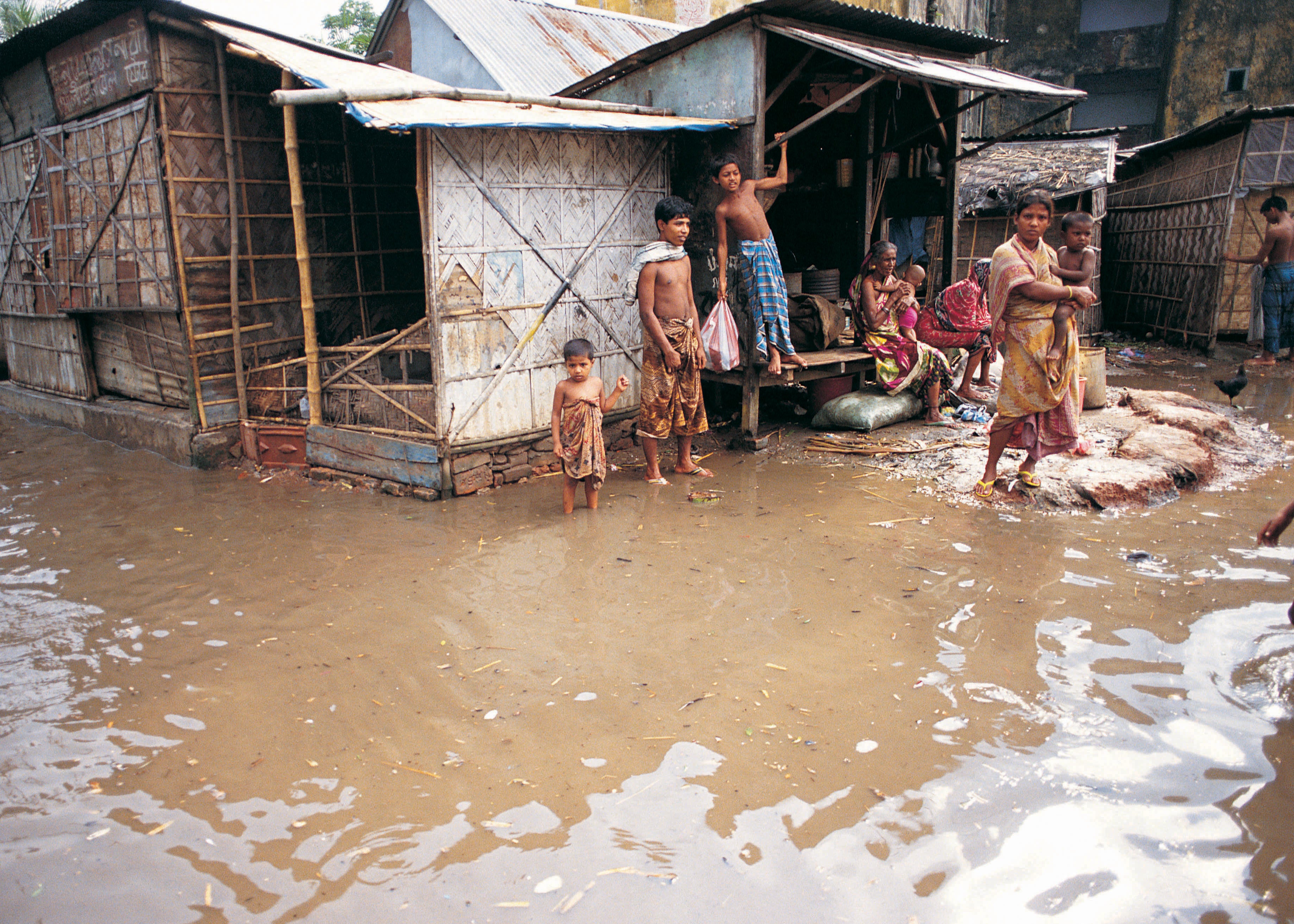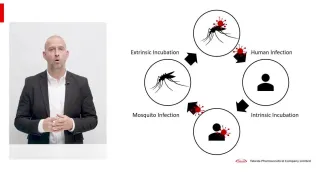Dengue is the most common non-malarial febrile illness in Southern Asia and Southeastern Asia
Shrestha P, Dahal P, Ogbonnaa-Njoku C et al. Non-malarial febrile illness: A systematic review of published aetiological studies and case reports from Southern Asia and South-eastern Asia, 1980–2015. BMC Med 2020; 18: 299.

Over the past decade, the incidence of malaria has decreased globally. However, a scarcity of epidemiological data and medical resources in South (SA) and Southeast Asia (SEA) makes identification of other fever-causing agents a challenge.
scarcity of epidemiological data and medical resources makes identification of other fever-causing agents a challenge
Patients who test negative for malaria are frequently prescribed empirical antibacterial agents, increasing the rate of antimicrobial resistance in these regions.
Following work conducted in the Mekong province in 2012, Shrestha et al. conducted a systematic review of all published research relating to fevers between 1980 and 2015. Of the 29,558 articles identified, 2,410 were selected for analysis. Most reports in SA were from India (n=1,207), and in SEA were from Thailand (n=301).
Bacterial infections were described in 51.2% reports, followed by viral (35.1%), parasitic (5.5%) and fungal (2.2%) infections. In SA, Salmonella Thyphi was the most common bacterial infection reported (n=236), whereas in SEA, Burkholderia pseudomallei (n=86) was most common.
Dengue was the most common viral infection reported for both regions, accounting for 593 articles in total. Chikungunya (n=102) and Japanese encephalitis (n=71) virus were also common in both regions.
This review demonstrates the aetiological variability for fever between regions, providing a useful summary to aid in the development of region-specific diagnostic and management strategies.
https://bmcmedicine.biomedcentral.com/articles/10.1186/s12916-020-01745-0%20%0D%0D
VV-MEDMAT-47989


 Malaysia
Malaysia

